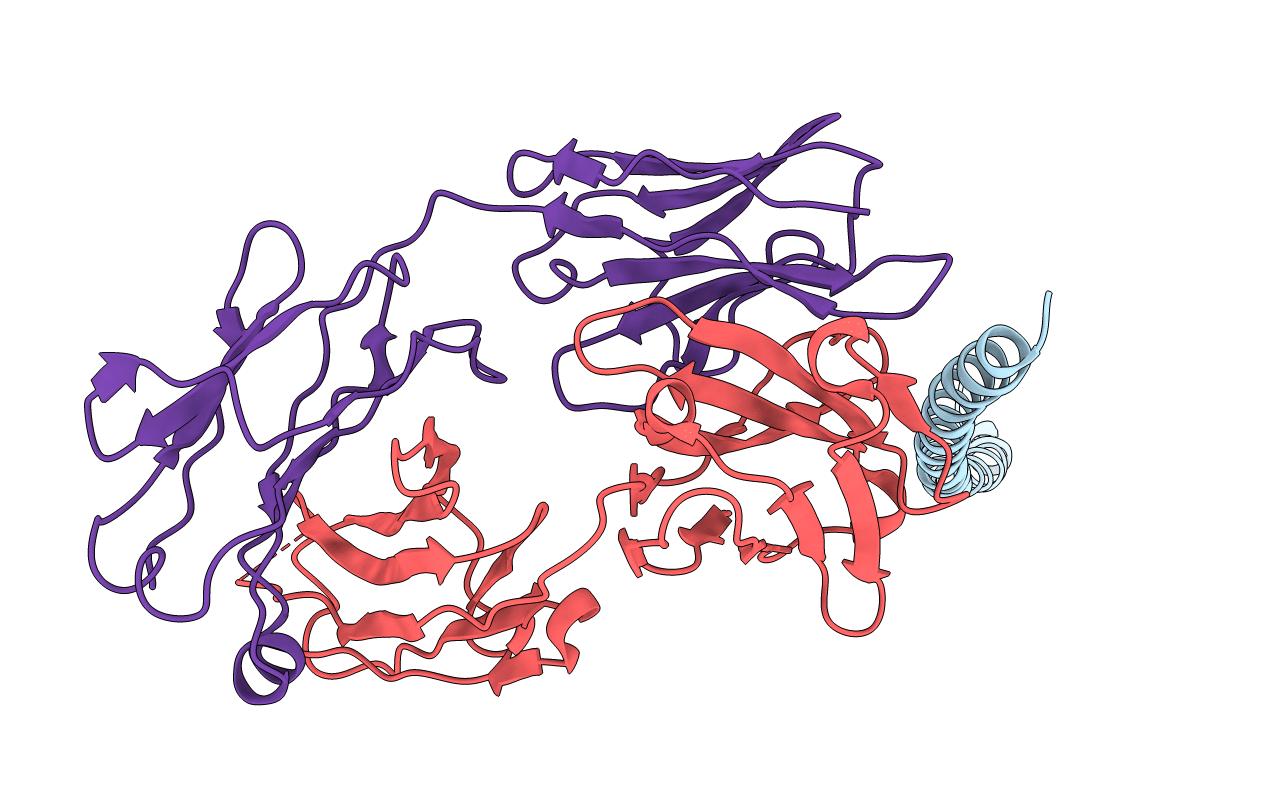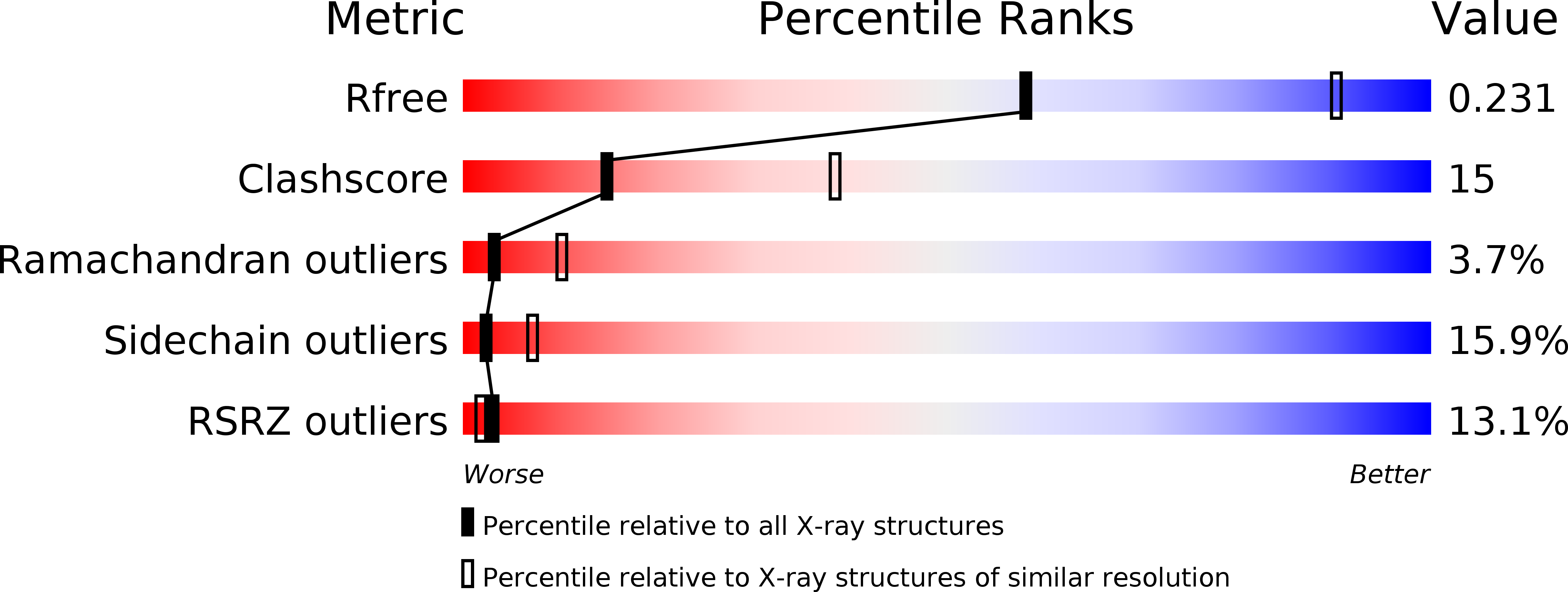
Deposition Date
2013-05-01
Release Date
2014-03-12
Last Version Date
2024-11-27
Entry Detail
Biological Source:
Source Organism:
Human Immunodeficiency Virus 1 (Taxon ID: 11676)
Homo sapiens (Taxon ID: 9606)
Homo sapiens (Taxon ID: 9606)
Host Organism:
Method Details:
Experimental Method:
Resolution:
2.82 Å
R-Value Free:
0.26
R-Value Work:
0.21
R-Value Observed:
0.21
Space Group:
P 3 2 1


